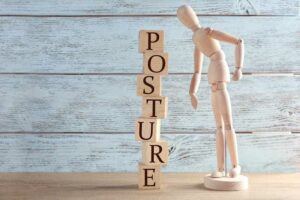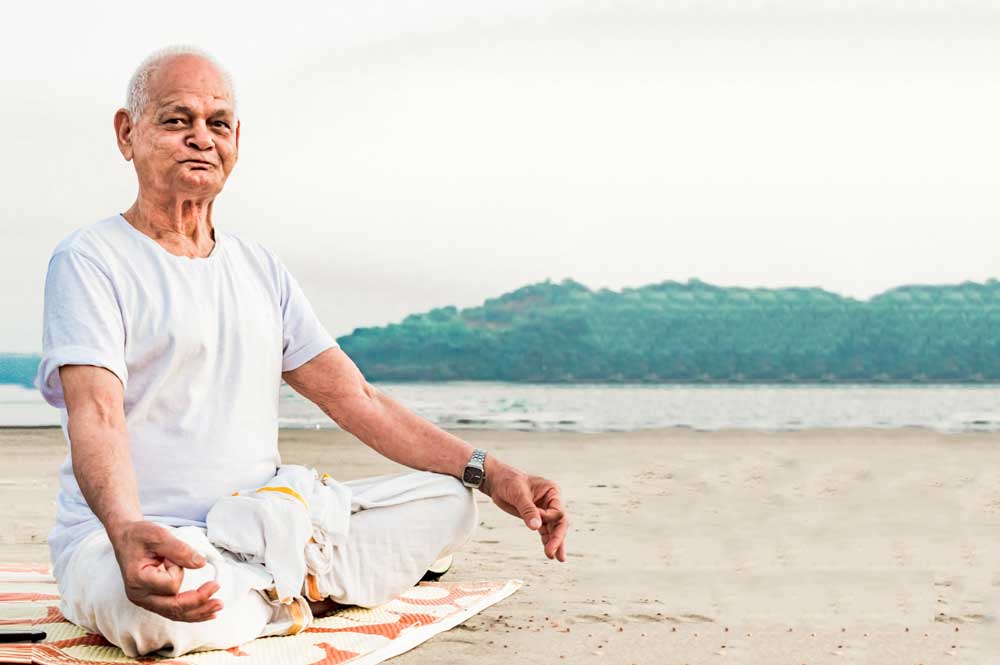Standing, walking, sitting and sleeping – good posture is the key to a comfortable life, says Dr. Darius Soonawalla
Posture is the position in which someone holds their body. Essentially, it is the position of the different body parts in relation to each other. Posture is usually considered while standing, but we should not forget that it is also relevant during other activities such as sitting, working and even lying down.
So why is good posture so important? It is a sign of good body language, conveying confidence, but there is much more to it than that. It allows you to stand, work and function in the most efficient way, minimizing the stresses and strains on the body. Poor posture while standing, sitting, working or even lying down causes fatigue of muscles and injury to the ligaments and joints. This manifests as back, neck and shoulder pain or various other aches and pains. Occasionally it can lead to more serious injuries and over a period of time it may even cause wearing of the joints.
Very few people have perfect posture, but the human body is wonderfully forgiving and one can go through life without ever knowing about it or suffering the consequences. As one age, with wear and tear on the joints and weakening of the muscles and bones, one’s posture tends to get worse. Thus, the consequences of poor posture are seen most commonly in the elderly.
What is the posture?
What exactly is good posture? Standing to attention with one’s chest out and shoulders back are in fact poor posture. Try keeping it up, and you are bound to develop aches and pains. The aim of the correct posture is to centralize the head over  the pelvis so that gravity passes through the center of the body. The spine which connects the two is shaped like a gentle “S”. In this position minimum muscle force is required to maintain the erect position, leading to the least stress on the muscles, ligaments, and joints. While sitting, one’s lower and middle back should be well supported by the backrest. One’s thighs should be resting on the seat and feet should be resting on the floor. Avoid crossing the legs. Lying down can be on one’s side or back, but avoid sleeping on the stomach. Any twist on the back and neck should be avoided.
the pelvis so that gravity passes through the center of the body. The spine which connects the two is shaped like a gentle “S”. In this position minimum muscle force is required to maintain the erect position, leading to the least stress on the muscles, ligaments, and joints. While sitting, one’s lower and middle back should be well supported by the backrest. One’s thighs should be resting on the seat and feet should be resting on the floor. Avoid crossing the legs. Lying down can be on one’s side or back, but avoid sleeping on the stomach. Any twist on the back and neck should be avoided.
Abnormal posture could be due to a mechanical problem such as flat feet, unequal leg lengths or spinal curvatures. More commonly though, it is caused by assuming an incorrect position in one’s growing years or over time.
Correcting postural defects is difficult, and takes time. It involves education about how to stand, sit and sleep correctly. The right furniture – chairs, tables, etc – go a long way in reducing the strain on the body. Exercises remain the mainstay of posture correction. These exercises are aimed at strengthening one’s core and correcting the weak muscles. Improving flexibility also helps. These should be done in conjunction with a physiotherapist or doctor to guide you. Lastly, you should always be aware of what is wrong and constantly keep correcting it, so over time you naturally maintain the correct posture.









I am interested in your advices.
As I am going to become senior citizen after a couple of years, I would like to read the contents given in this e magazine.